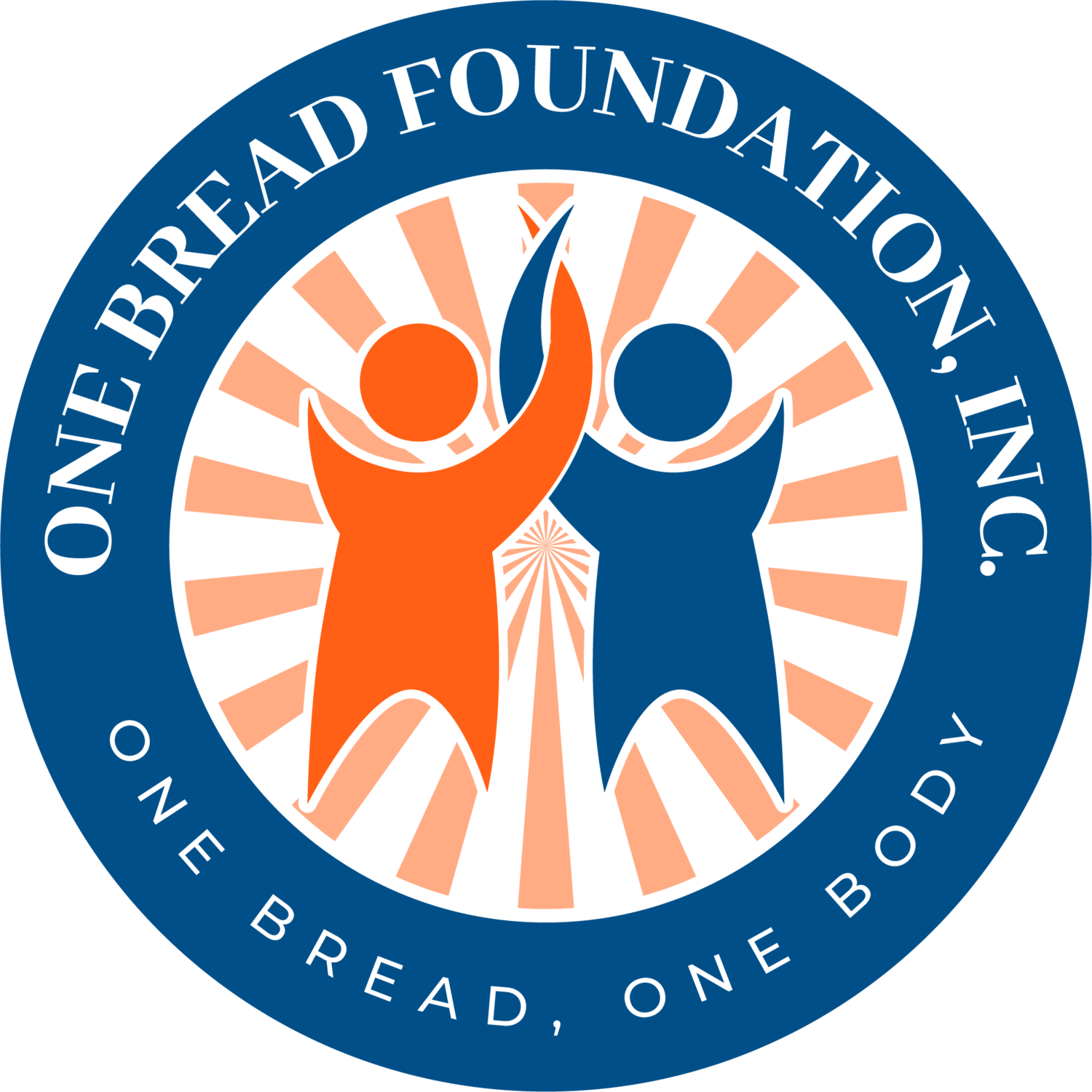by Adrienne Tung
From the city streets of Glasgow to the beautiful beaches of South America, to the spice-scented markets of India – what do all of these places have in common? Innocent people are being bought, sold, and forced into servitude every day.
Shocked and deeply disturbed, I wondered: Does this global issue really exist in the same world where self-driving cars are becoming a thing and homes can now be powered with energy gleaned from the sun (like Superman)? It would seem that at a time when humankind is achieving extraordinary feats of science, it is also seeing extraordinary levels of human exploitation. The International Justice Mission estimates there are roughly 40 million slaves world-wide. Yes, you heard that right.
Often called the modern-day slave trade, human trafficking is the second most lucrative criminal business in the world after drugs. It’s an illegal, multibillion-dollar global industry hiding right under our noses. It spans the globe, damaging society in impoverished nations to middle-class suburbs. Some law enforcement agents in the United States believe that criminals are shifting to human trafficking because it is much easier to coerce a victim into lying (with threats of violence to them and/or their families) if stopped by authorities than it is to hide illegal substances. For a trafficker, that’s an easy get-out-of-jail-free card compared to automatic minimal sentences if caught with narcotics.
In a global study mandated by the General Assembly of the United Nations, victims of human trafficking came from 137 countries, including those from North America, Western and Eastern Europe, Africa, and Asia. The majority of victims are women and children, making up 79% of all victims. According to the study, nthe sex trade remains the most common form of exploitation, with forced labor being the second most common form.
So what kinds of people are involved in this highly organized, multibillion-dollar criminal enterprise? The same study found that traffickers and victims often share the same background. They come from the same countries, speak the same language, or have the same ethnicity. While traffickers are overwhelmingly male, women actually make up a relatively large share of offenders when compared to most other crimes. Approximately 60% are male and 40% are female among convicted traffickers. Having the same gender as the victim can help foster trust, and for this reason, female traffickers are often involved in trafficking other women and girls. Traffickers often pose as a boyfriend, trick victims with an offer of marriage or a job, have a familial tie to the victim, or pose as a benefactor.
The fact is, this modern-day slave trade is no longer a problem relegated to impoverished countries, although it is indisputable that poverty-stricken communities are among the most vulnerable worldwide. Here in the United States, human trafficking occurs in all 50 states,t California, Texas, and Florida having the highest number of reported cases. In fact, human trafficking in the form of sexual exploitation (as opposed to non-sex related forced labor) far exceeds global statistics with over 80% of trafficking cases in the United States related to sexual exploitation compared to the global rate of 59% as reported in the 2016 UNODC Global Report on Trafficking in Persons. Moreover, 83% of sex trafficking victims in the United States are from the United States.
Even Silicon Valley, home of tech titans like Google, Apple, and Facebook, is not immune to one of the worst types of human-rights violations. From Santa Clara to San Francisco, the Bay Area also has its share of victims. In response to this growing problem, the late Mayor Edwin Lee launched a Mayor’s Task Force on Anti-Human Trafficking in March 2013 for San Francisco. In the East Bay, The Office of The District Attorney for Alameda County has created a program called H.E.A.T. Watch to combat human trafficking. At One Bread Foundation, based in San Ramon, California, founders, staff, and volunteers hope to make a difference by raising awareness and funds, which are donated to organizations like Claire’s House and Destiny's Rescue, which provide direct shelter and services to children rescued from exploitation.
Child victims are perhaps among the most tragic and heart-breaking of cases, the trauma they’ve endured often resulting in lifelong emotional and psychological wounds. One Bread Foundation focuses on helping child victims of sex-trafficking to provide hope for a better tomorrow. With their One In A Million campaign, just $1 a month can help save a life.
As Dr. Martin Luther King Jr. once said, “Darkness cannot drive out darkness; only light can do that. Hate cannot drive out hate; only love can do that.” So, what can you do in the face of such enormity, in such a vast sea of darkness?
You can be the light that helps others see. You can be one in a million.
https://www.ijm.org/slavery/
https://youtu.be/0-g0r3TR2MA
https://www.unodc.org/documents/data-and-analysis/glotip/2016_Global_Report_on_Trafficking_in_Persons.pdf
https://www.unodc.org/documents/data-and-analysis/glotip/2016_Global_Report_on_Trafficking_in_Persons.pdf
http://humantraffickingsearch.org/human-trafficking-statistics-2017/
http://www.heatwatch.org/human_trafficking/statistics
http://www.heatwatch.org/
